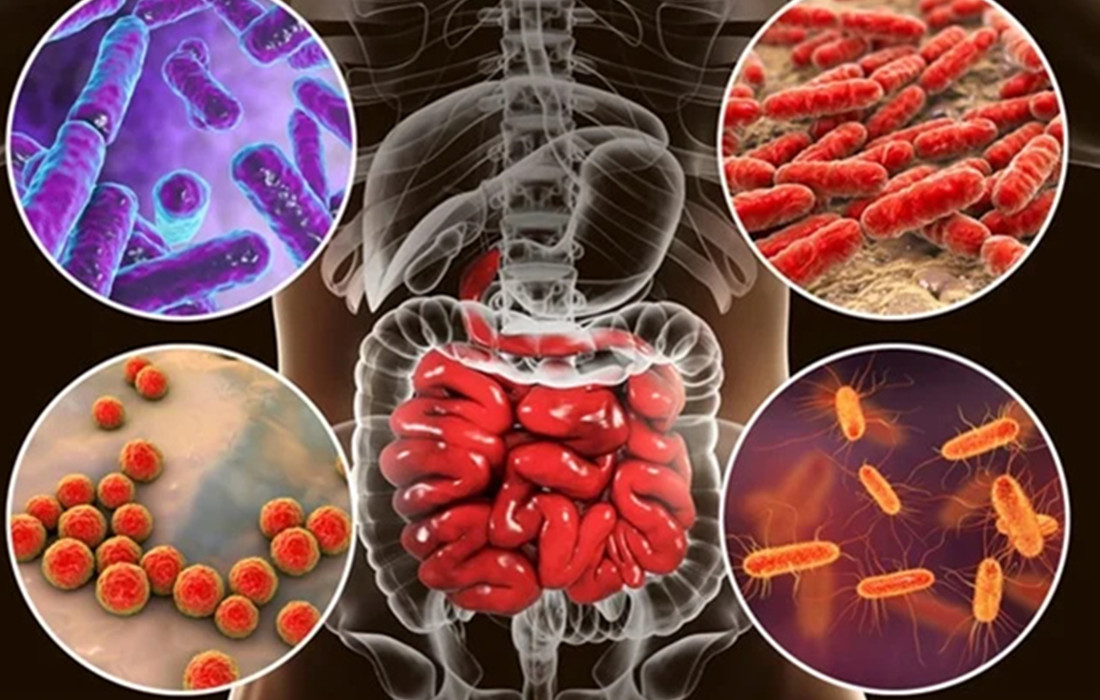The most important step in treating toothache is identifying the underlying cause of the problem. This could be due to cavities, gum disease, a cracked or broken tooth, an infection, or an abscessed tooth. Diagnosing the source of your toothache will help your dentist determine which treatment option is best for you and provide long-term relief from pain.
Once you’ve identified the cause of your toothache, there are several steps you can take at home to reduce pain and inflammation. Over-the-counter medications like ibuprofen and acetaminophen can help relieve milder cases of toothache. You may also want to apply an ice pack or cold compress on the affected area for 10 minutes at a time throughout the day to reduce swelling and tenderness around your jawline. Additionally, rinsing with warm salt water can reduce inflammation in gums caused by infection or irritation from food particles stuck between teeth.
 If these methods do not provide sufficient relief from your symptoms then it’s important that you visit a dentist as soon as possible so they can examine the area and determine an appropriate course of action such as filling cavities, prescribing antibiotics if necessary, or performing root canal therapy if needed. In addition to these treatments, dentists may also recommend lifestyle changes such as quitting smoking and avoiding sugary foods that contribute to plaque build-up on teeth which leads to decay over time.
In conclusion, treating toothaches requires identifying their source before taking steps at home such as using over-the-counter medications or applying cold compresses for temporary relief until professional medical care is sought out for more serious cases involving damaged teeth or infections requiring antibiotics or other treatments. Taking these measures will ensure effective treatment options are pursued when necessary while providing relief from painful symptoms associated with toothaches until further assistance is acquired through dental care providers
If these methods do not provide sufficient relief from your symptoms then it’s important that you visit a dentist as soon as possible so they can examine the area and determine an appropriate course of action such as filling cavities, prescribing antibiotics if necessary, or performing root canal therapy if needed. In addition to these treatments, dentists may also recommend lifestyle changes such as quitting smoking and avoiding sugary foods that contribute to plaque build-up on teeth which leads to decay over time.
In conclusion, treating toothaches requires identifying their source before taking steps at home such as using over-the-counter medications or applying cold compresses for temporary relief until professional medical care is sought out for more serious cases involving damaged teeth or infections requiring antibiotics or other treatments. Taking these measures will ensure effective treatment options are pursued when necessary while providing relief from painful symptoms associated with toothaches until further assistance is acquired through dental care providers

Hi~Living Deals from "Winged Wellness"











